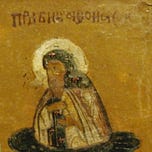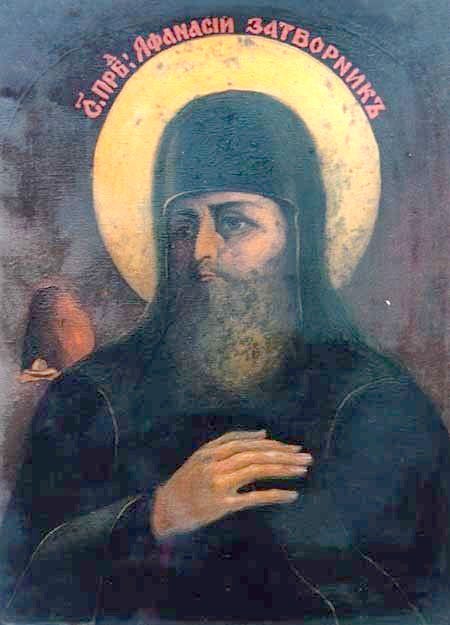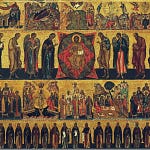Saint Athanasius, a fragment of a 17th-century icon
Today, the Church remembers the Venerable Athanasius the Hermit of the Kiev Caves. The name Athanasius comes from the Greek ἀθανάσιος, meaning “immortal” (from ἀ-, “absence of” and θάνατος, “death”). Curiously, the common modern Greek hypocorism for Athanasius is Thanos, which in the absence of the prefix means something like “mortal,” but of course, the prefix is implied.
Saint Athanasios lived in the 12th century, perhaps at the time of a relative decline in the orderly life of the monastery at the end of that century. When he died, his body was not buried for two days “because he was poor.” Of course, all monks were meant to be poor; Saint Theodosius instilled a strict rule of non-ownership of material goods when he brought the Studite Typikon to the monastery a century earlier. Nonetheless, it is said that because of the poverty of Saint Athanasius, no one came to bury him until the third day.
Saint Athanasius the Hermit
Listen to this episode with a 7-day free trial
Subscribe to Phroneo to listen to this post and get 7 days of free access to the full post archives.















